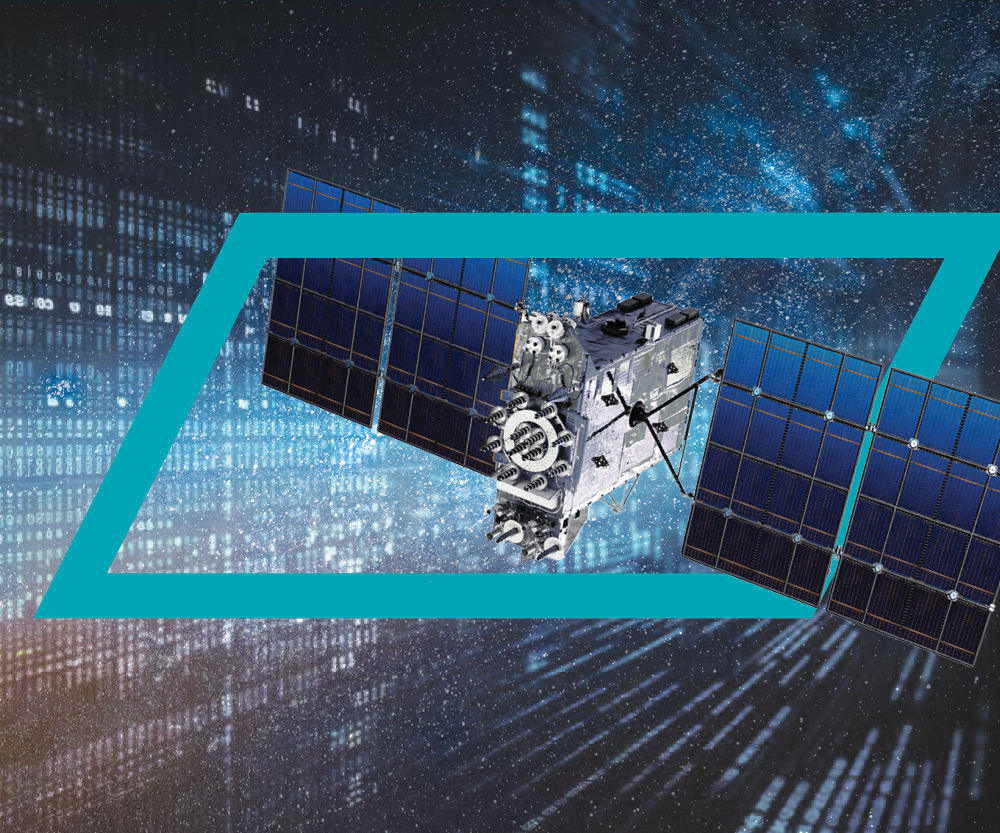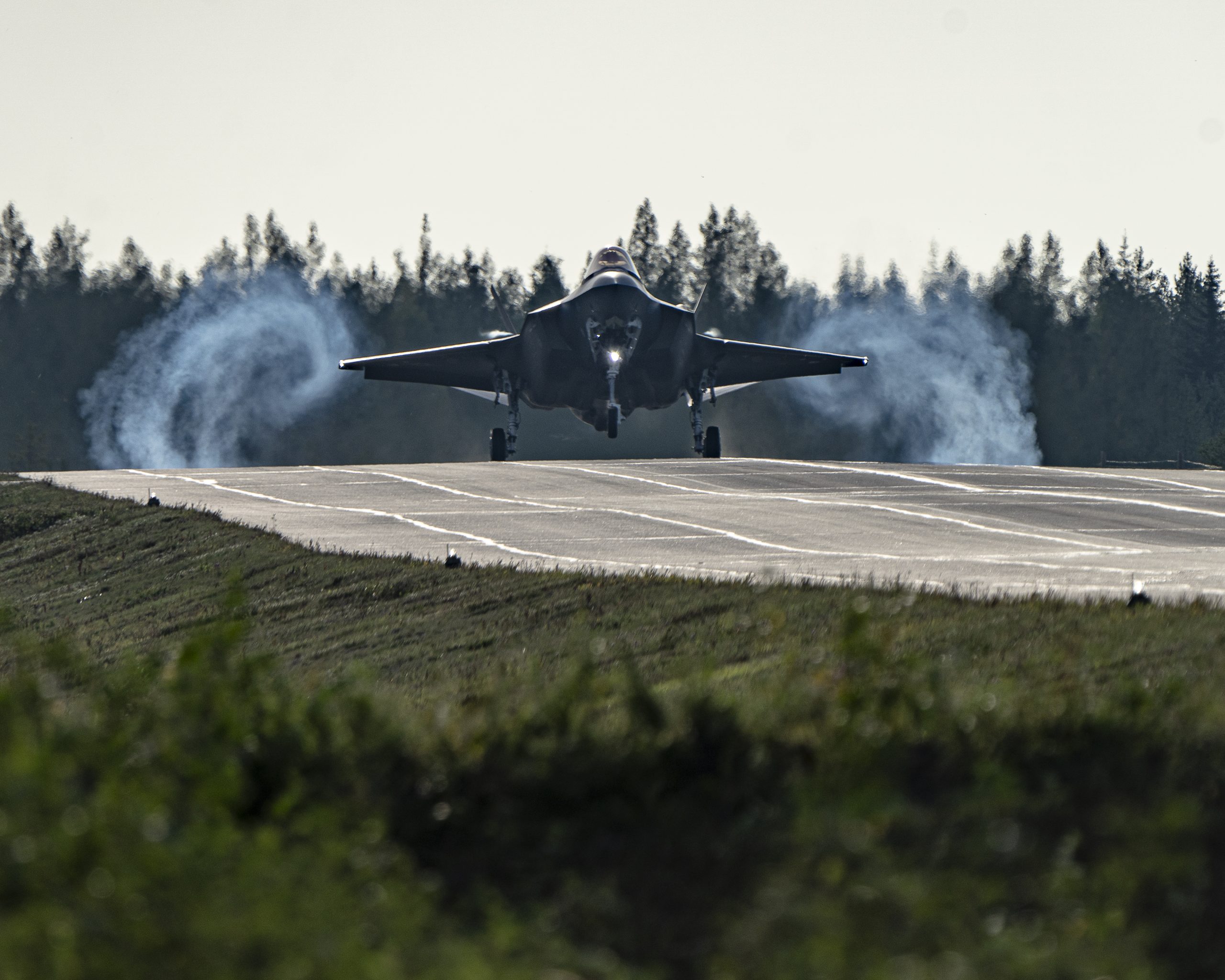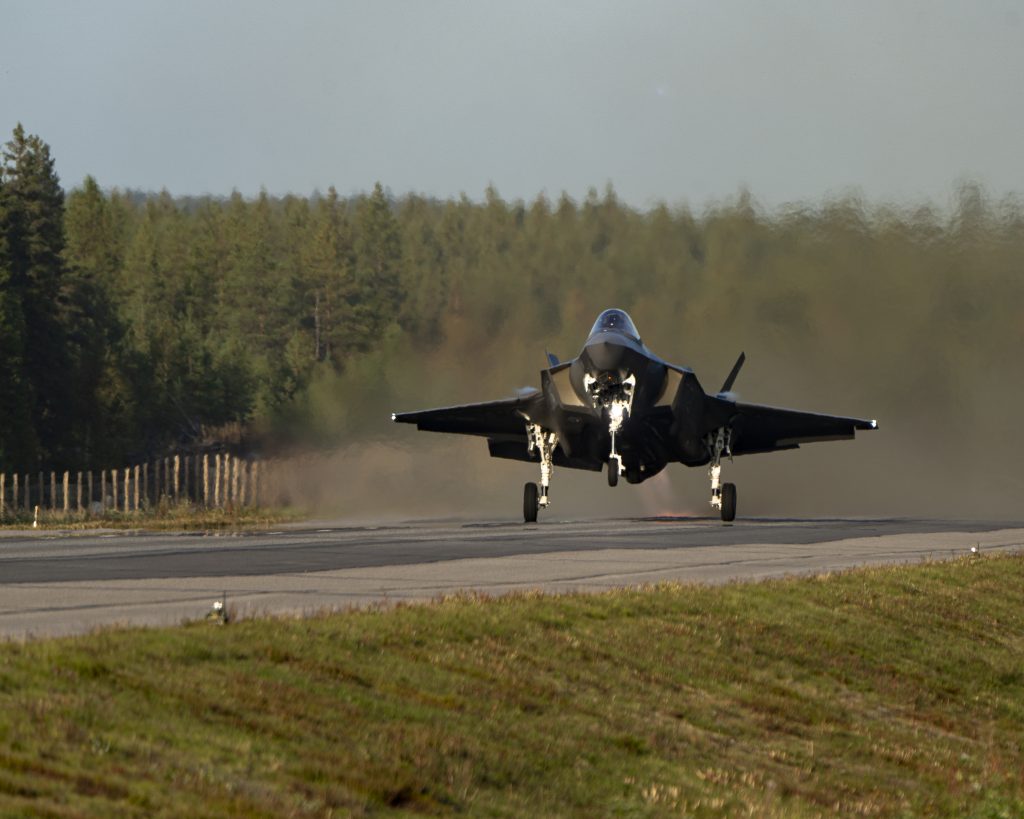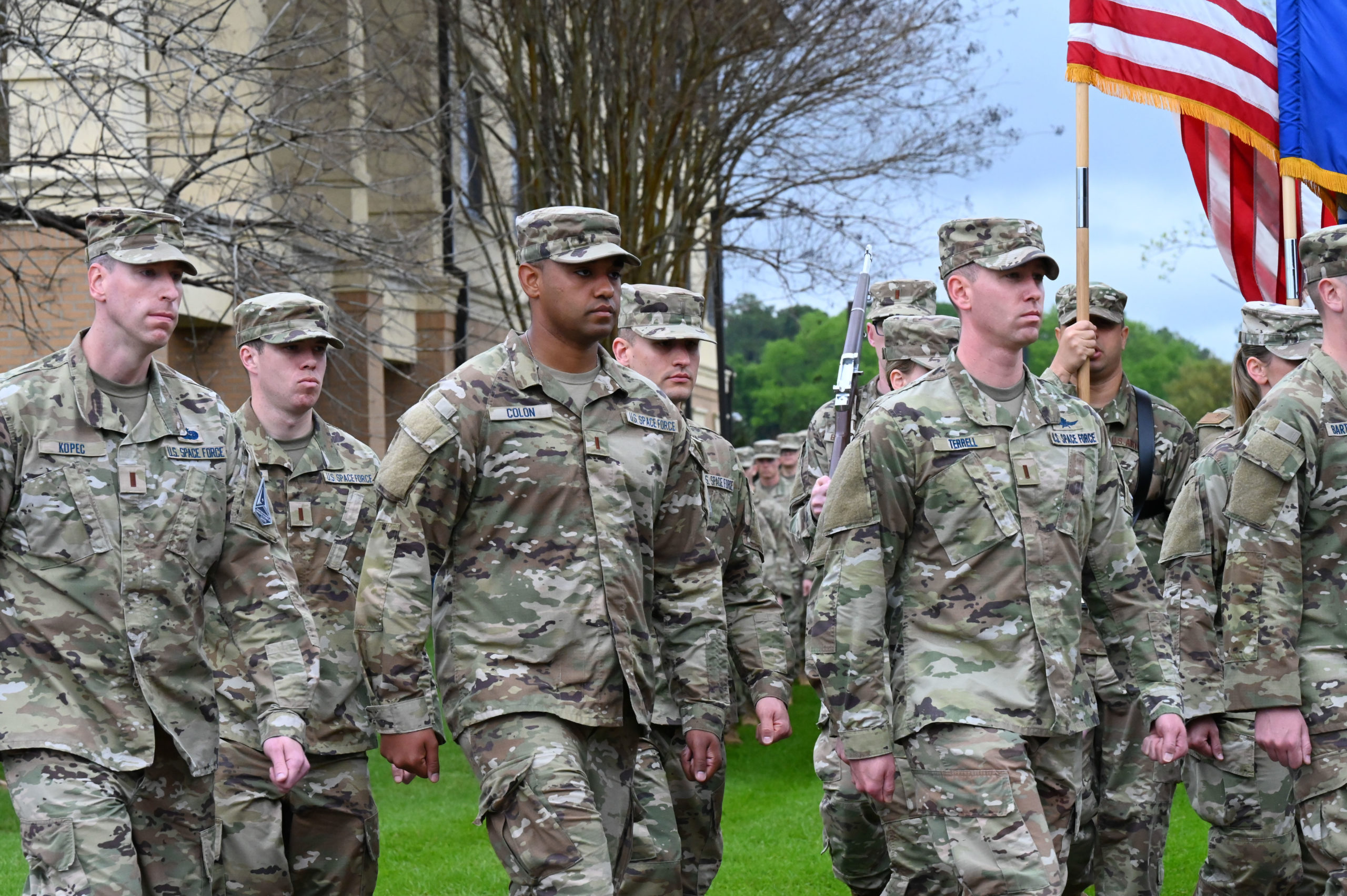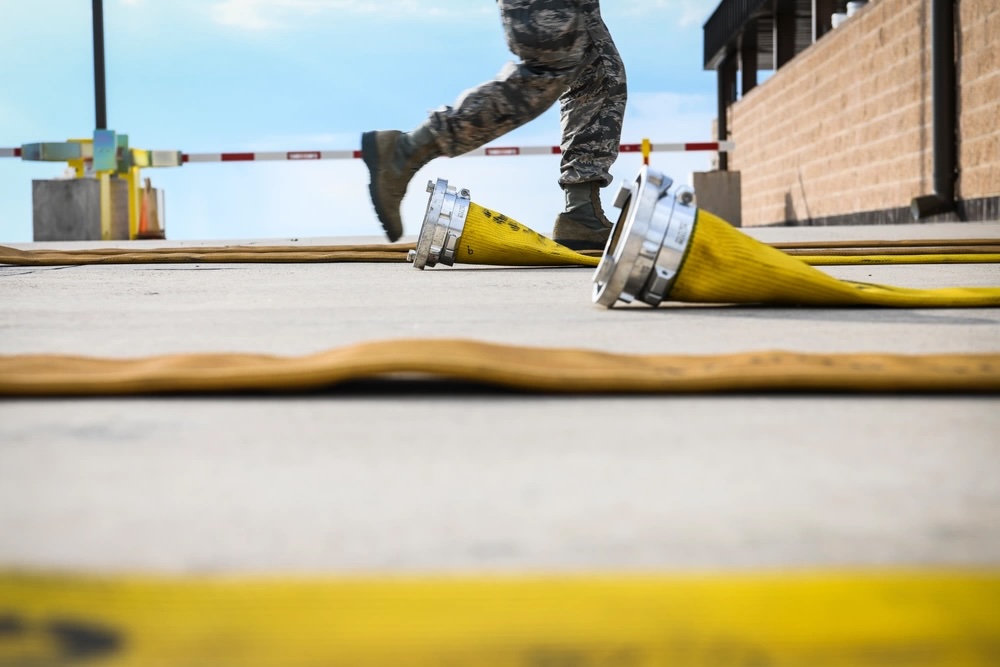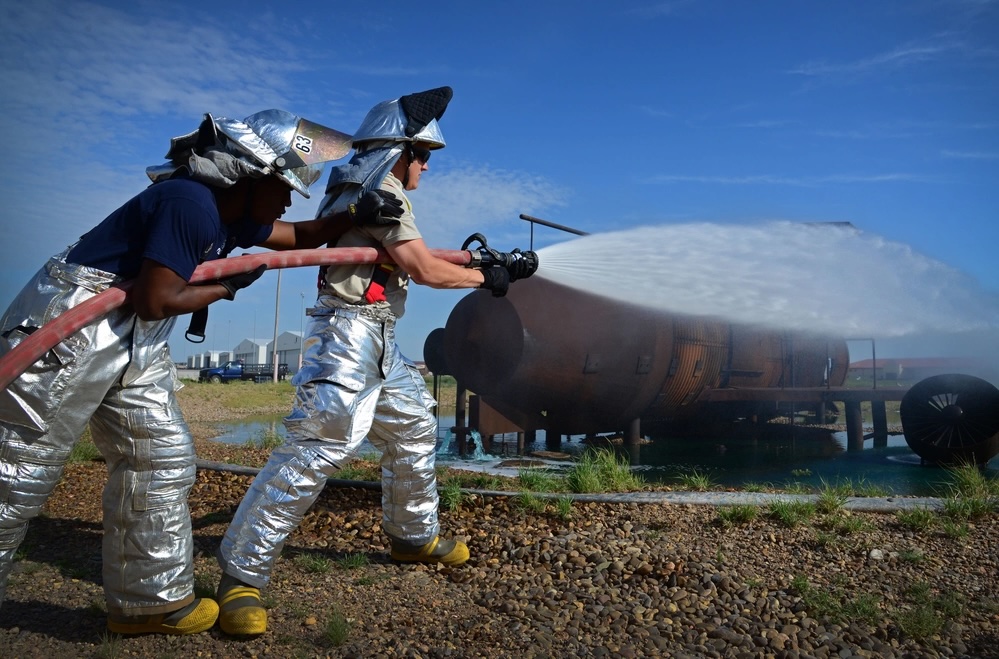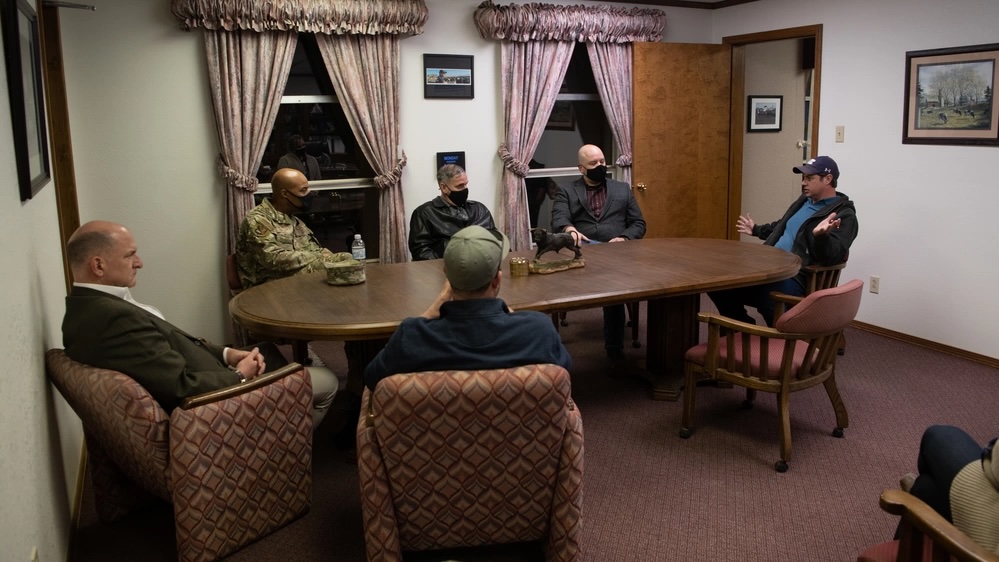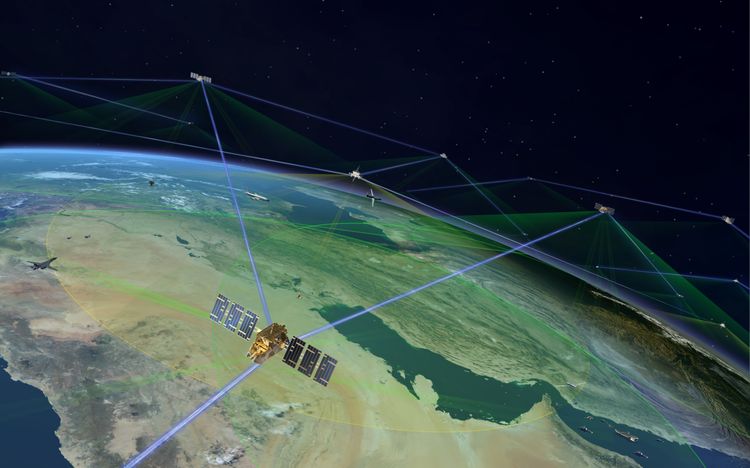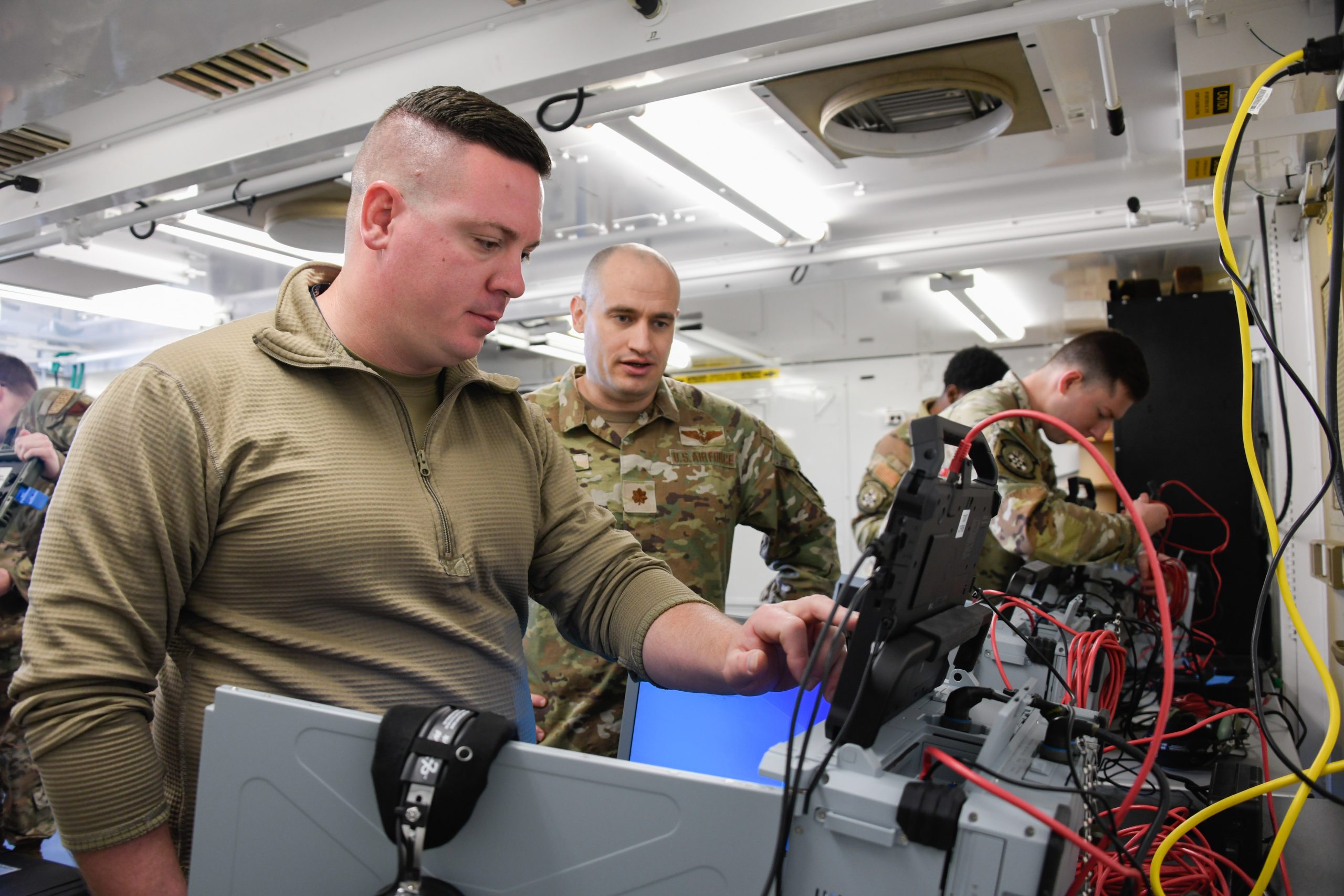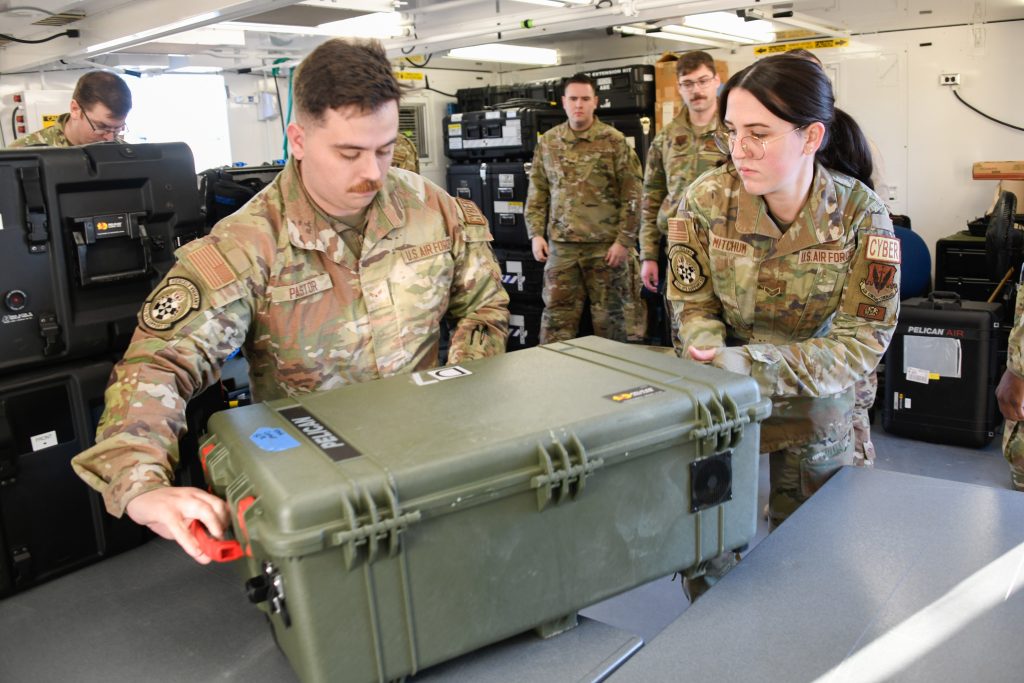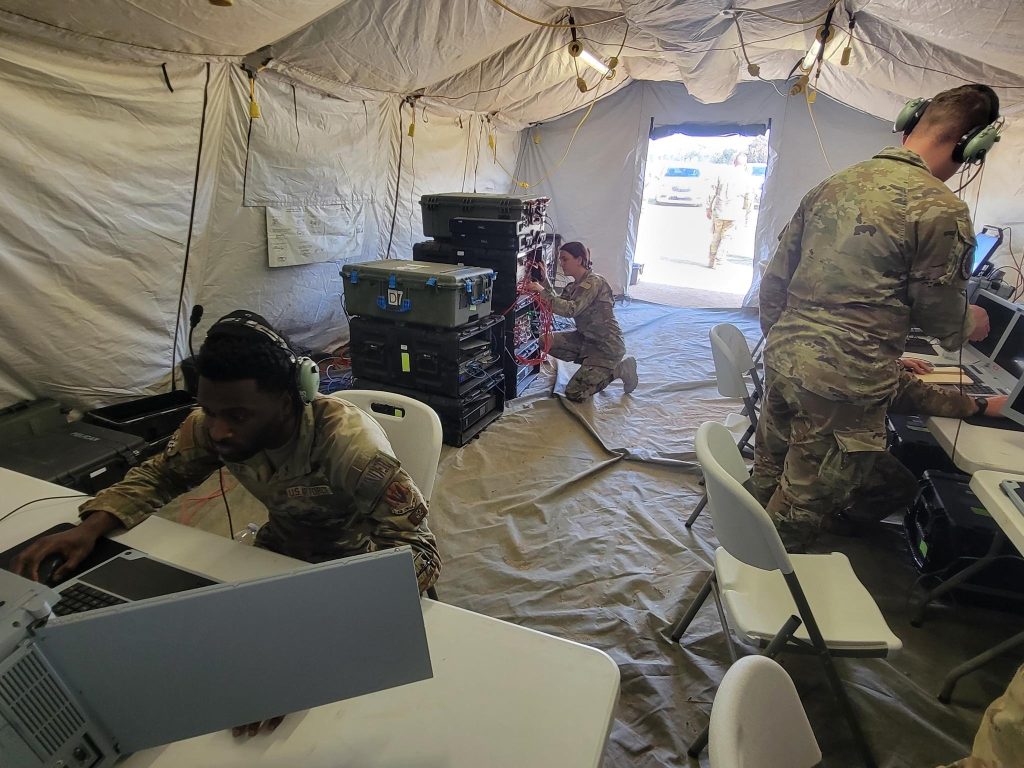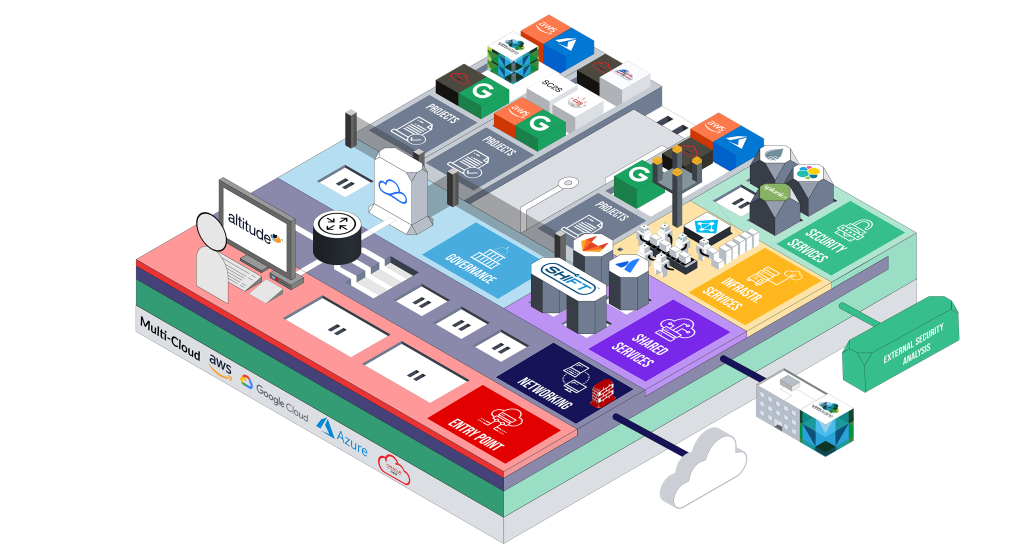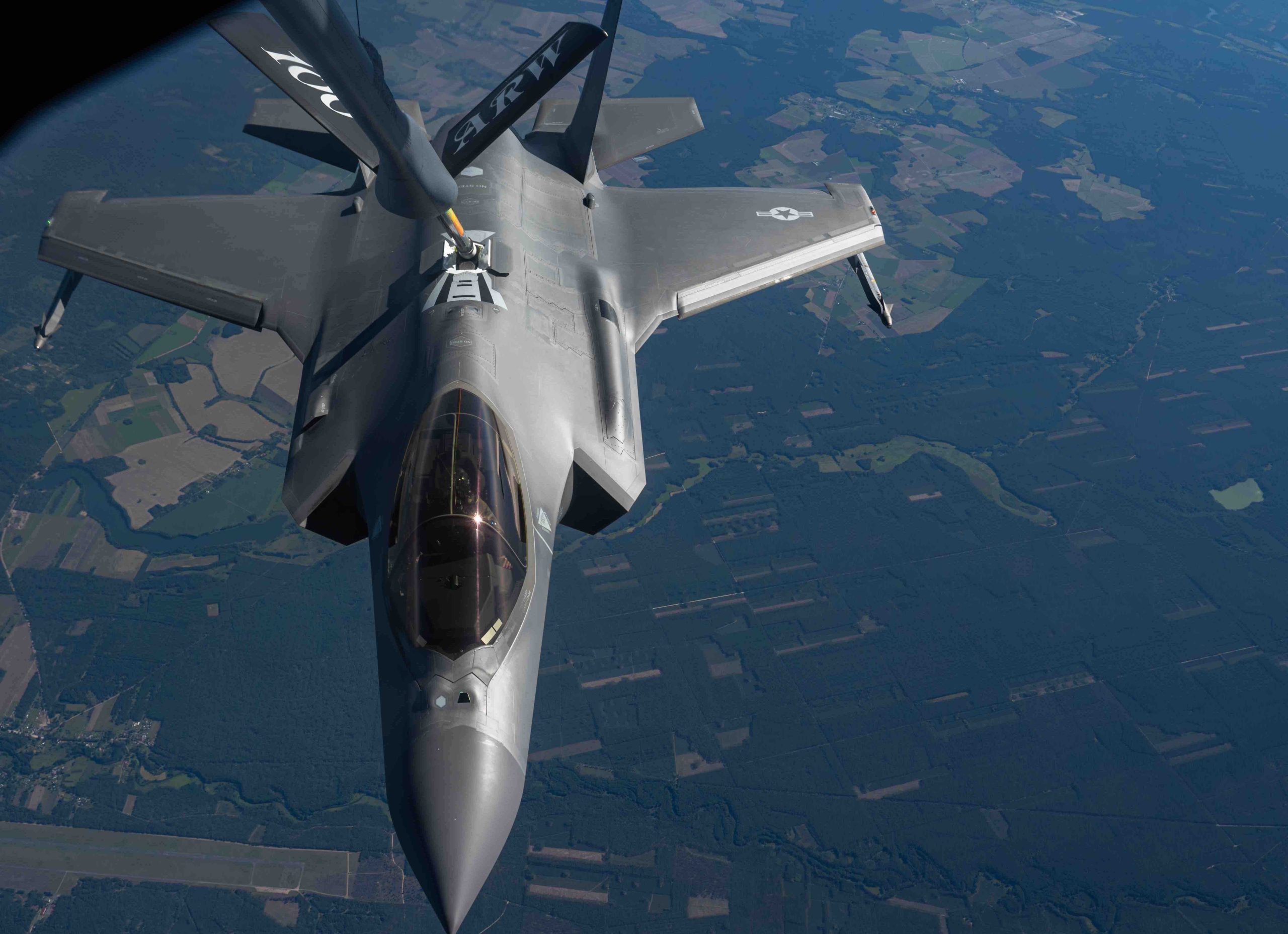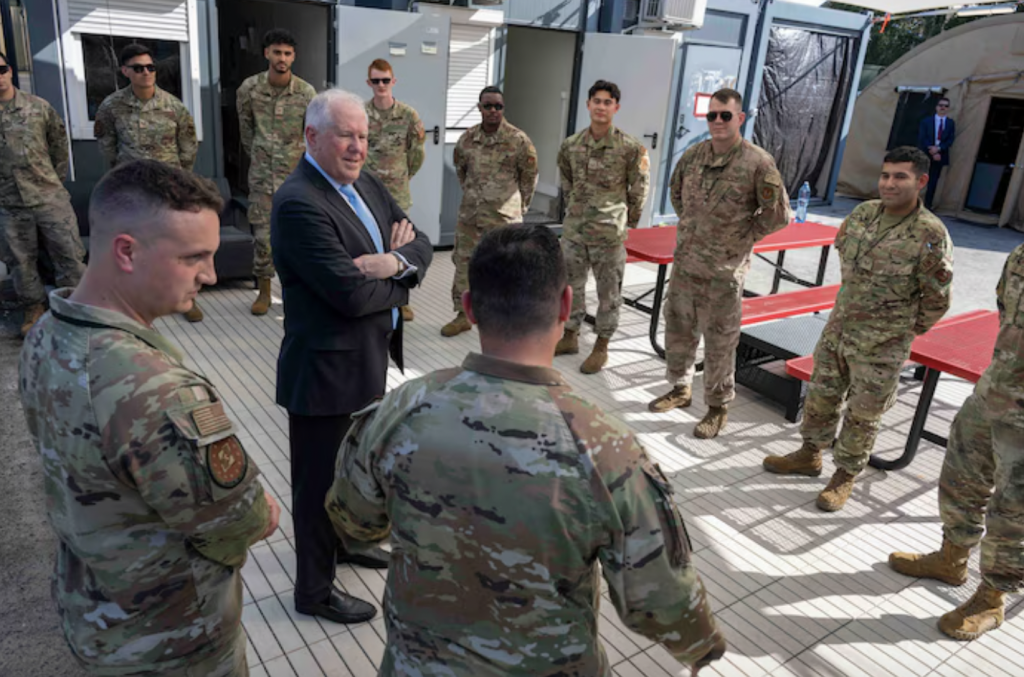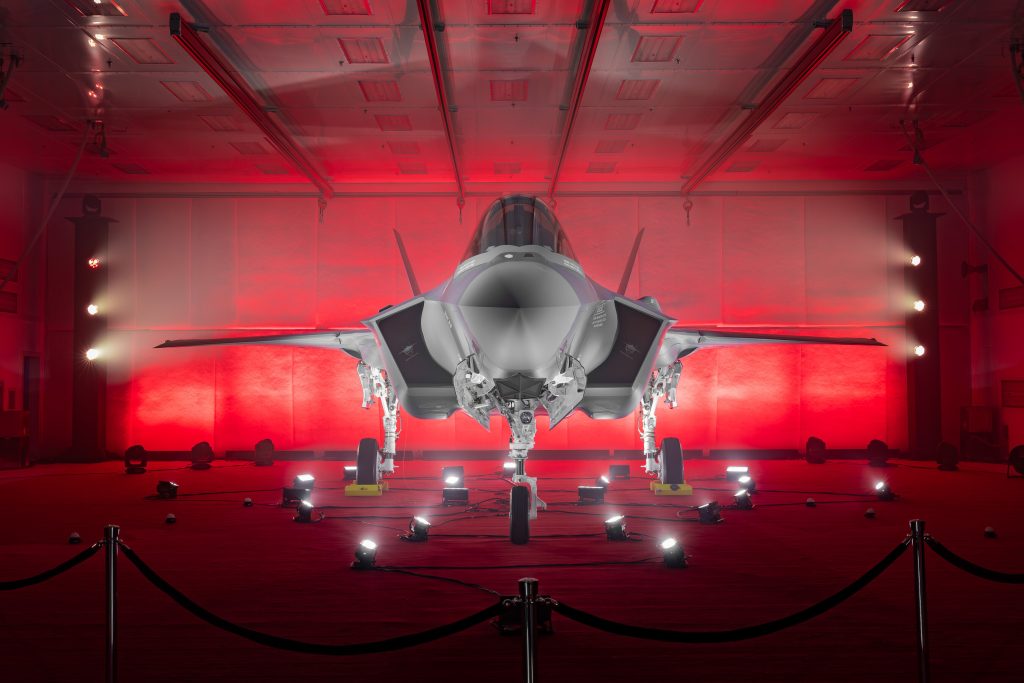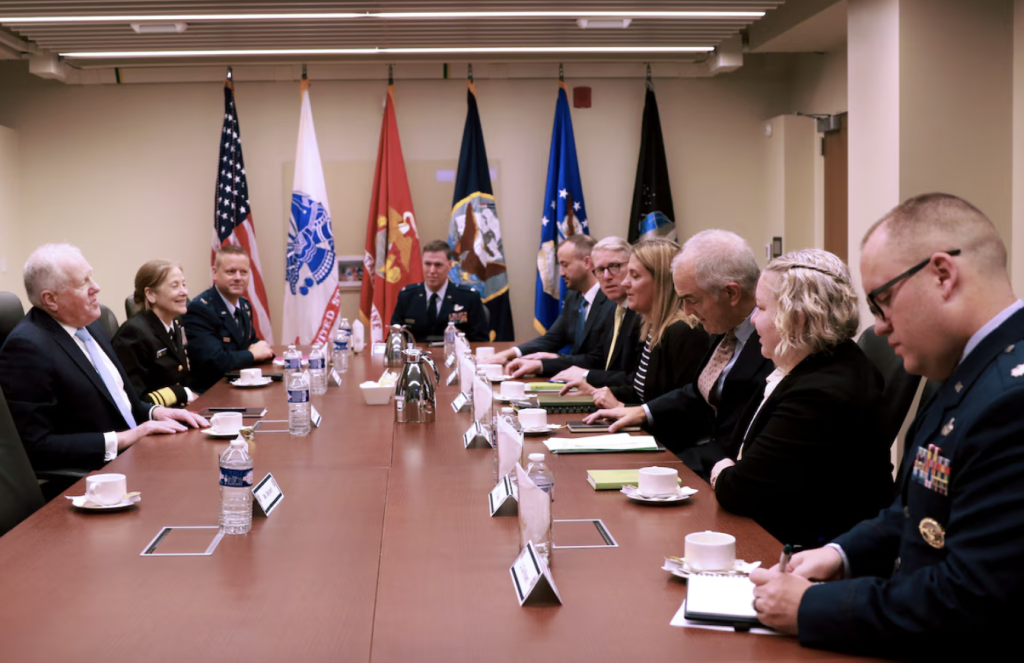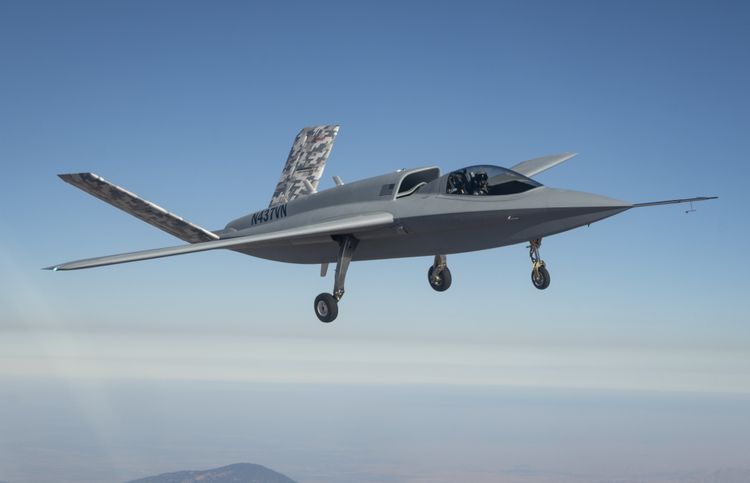This summer, we witnessed an important milestone in the history of human activity in space: on July 11, the first generative AI tool in space began operation. The tool, a large language model (LLM), aims to assist astronauts aboard the International Space Station (ISS) as they perform certain maintenance and repair procedures.
The project’s primary purpose was to prove that an LLM—and generative AI more broadly—can deploy and operate in the harsh environment of space. Here’s why that milestone is so significant and what it portends for the future.
The Challenge
First, it must be said that deploying anything into space is enormously complicated and rife with uncompromising constraints. Weight, size, power, and bandwidth requirements must be minimized with ruthless discipline—and AI applications are no exception. They rely on large databases and consume lots of computing and power resources to do what they do, making their presence aboard any spacecraft a challenge.
In this case, an LLM retrieval-augmented generation (RAG) application was re-architected and dramatically downsized—along with its computing and power needs—for practical use in the sparest of environments.
It was proved that it could be done, but you may be asking about the why: what benefits are there to having generative AI in space?
Autonomy
The main benefit is autonomy. Generative AI can enable spacecraft—and their onboard human operators, if they are manned—to be far more self-sufficient. Today, much of the information that spacecraft need to perform their missions is conveyed remotely, via communications links from ground stations or control centers.
Consider a maintenance manual. Enabling an onboard LLM to assist astronauts directly – without the need for directions to be transmitted to astronauts through communications links – delivers greater autonomy to that crew.
Such autonomy becomes even more important when the information needed is highly sensitive or urgent for real-time operations. For example, what if a satellite is performing a national security mission and requires instructions on how to process certain signals or imagery data it has just collected or on how to act on that information? What if the communications between a satellite and ground station are vulnerable to compromise in a contested environment?
Speed
Space operators understand there are many cases where the latency of a satellite’s communications with a ground station—or even the critical dependency of a satellite’s mission on a communications link—is a serious risk to the mission. There may also be unacceptable cybersecurity vulnerabilities associated with transmitting sensitive information across those communications links.
When rapid, secure operational performance is critical, a capable, onboard generative AI solution could bring enormous value to a mission.
Generative AI can also deliver capabilities similar to those produced with predictive AI and machine learning solutions—such as anomaly detection or complex imagery analysis, for example—but with far greater speed and much less cost, size, and power requirements. If developed further, this capability could dramatically improve the ability of spacecraft to maneuver autonomously in orbit to avoid collisions with space debris or to assist dock-and-refuel missions.
The Future of Generative AI in Space
It was 120 years ago that the world witnessed the first flight of a powered, heavier-then-air aircraft at Kitty Hawk. The real significance of that event was not the 10 seconds and 120 feet that the Wright Flyer was aloft; it was the demonstration that powered flight is indeed possible and the inspiration that it provided to the Wright brothers and countless other innovators who worked hard to further develop our mastery of air and space in the decades that followed.
We’ve now seen that generative AI can successfully deploy to space. There is an exciting future in realizing the possibilities that this unleashes.
Dan Wald is an AI solutions architect for space applications at Booz Allen.
Karen Fields leads the NASA account at Booz Allen.
